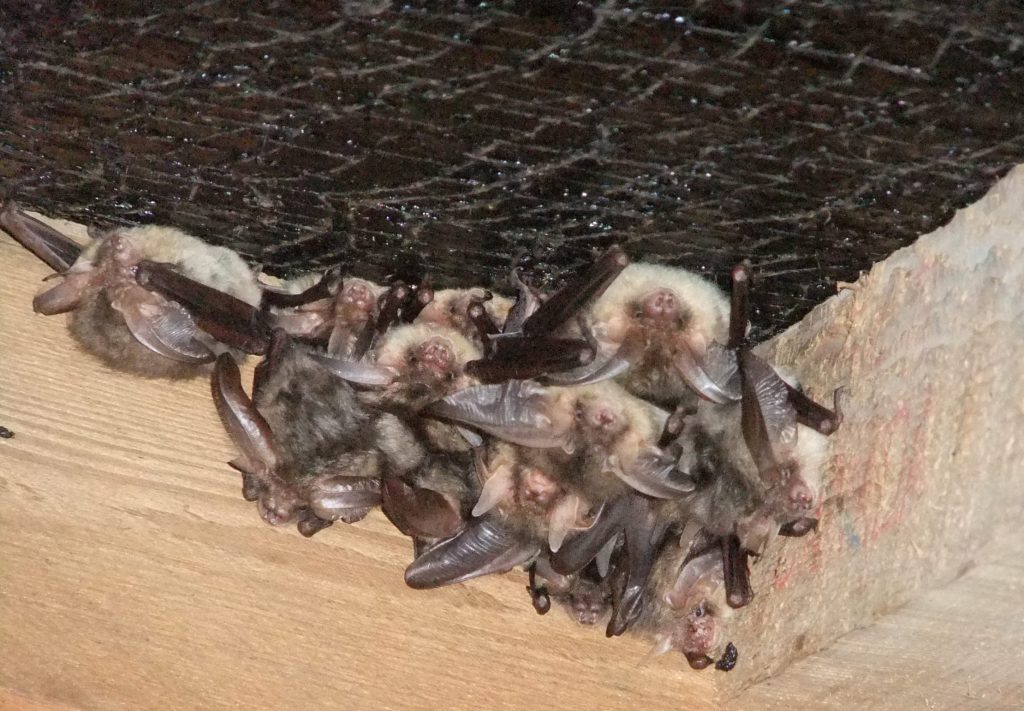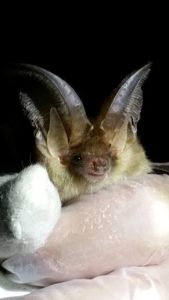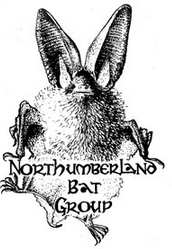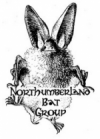Brown longeared bat or BLE for short – these bats have HUGE ears!
After pipistrelle species, these are the next most frequently found bat species, and pretty unmistakable as the ears (about 1/3 of total length of the bat) are thrust forward in flight like small oval satellite dishes. They are slightly larger than Pipistrelles, with a wingspan of 230-285mm, weight of 6-12g and their wings are very broad.
They hunt moths inside the canopy of trees and although not fast fliers are very agile. Their habitat is woodland and parkland.They roost in relatively small numbers (maternity roost is around 10-50 bats) and they prefer hollow trees, or large open roof voids of usually old timber-lined barns or houses with roof trusses and frames. Presumably this gives a range of micro-climates within the roof and the timber affords some insulation. Some have even taken up bat boxes, but more usually as hibernation sites. They hardly move away from this roost at all (range is about 3km maximum) and will often use their roost all year round.


You might have noticed that the Northumberland Bat Group Logo is also a brown longeared bat. They are the bat that we love to see the most as they look so lovely with their big ears.
But did you know that in the winter when they hibernate, they fold their ears back, so all you can see is the little tragus sticking up inside? This can sometimes lead to confusion about which species you are seeing.

